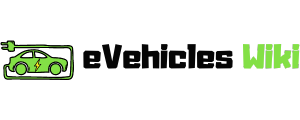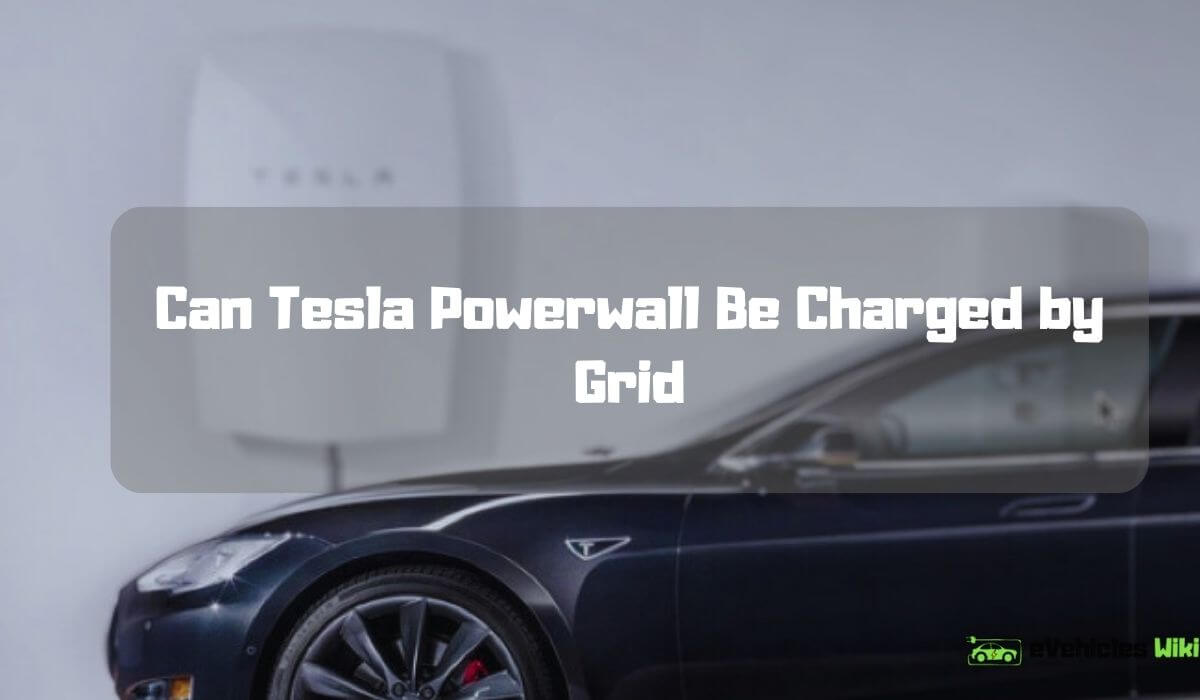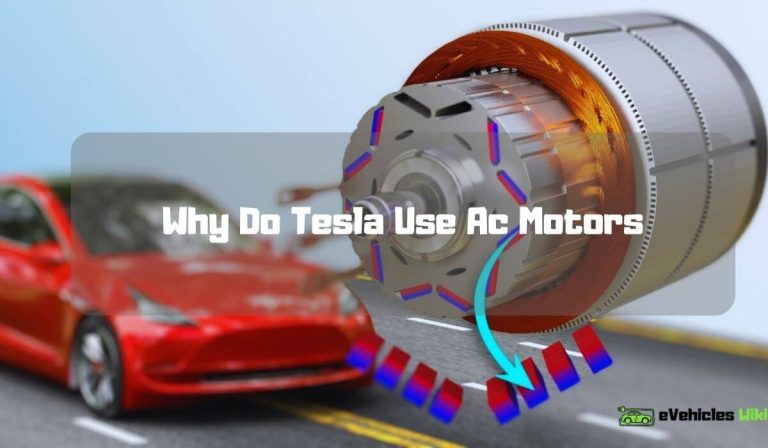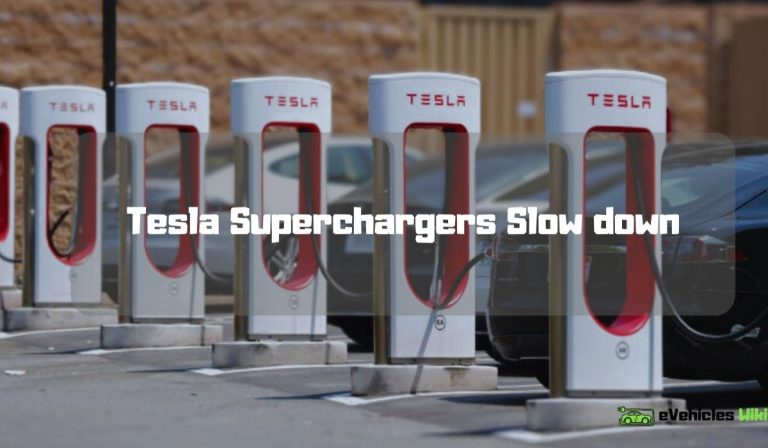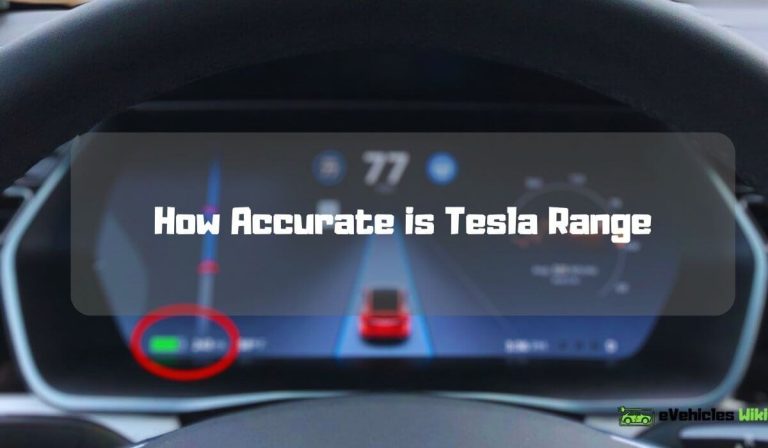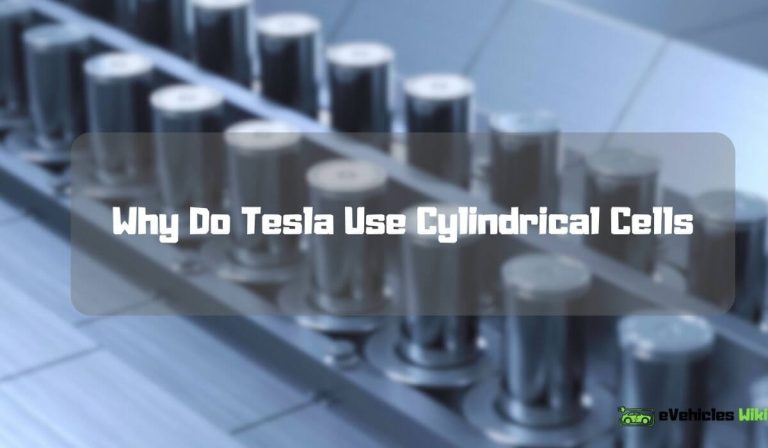Can Tesla Powerwall Be Charged by Grid
Yes, Tesla powerwall can be charged by the grid. The powerwall is designed to store excess energy generated by solar panels or charged from the electrical grid during off-peak hours, which can be used when needed.
Tesla powerwall is a rechargeable lithium-ion battery designed to store excess energy produced by solar panels or charged from the electrical grid during off-peak hours for use during peak demand periods. By charging the powerwall from the grid during low demand periods, the stored energy can be used during high demand periods to power your home and reduce electricity bills.
The powerwall can also be used in conjunction with solar panels to provide an uninterrupted power supply during blackouts or grid failures. Overall, the powerwall is an innovative solution for reducing energy costs and providing a reliable backup power source.
Understanding The Grid
Can Tesla Powerwall Be Charged By Grid
As the demand for clean energy grows, more and more homeowners are turning to solar panels to power their homes. While this is a great step towards a sustainable future, it raises a critical question. How do you keep your home powered when the sun is not shining?
This is where the tesla powerwall comes in. It stores energy generated by a solar system during the day and uses it to power your home at night or when the sun is not shining. In this blog post, we will discuss the central aspect of charging of tesla powerwall – the grid.
Explanation Of The Electric Grid System:
The electric grid system is an extensive network of power plants, transformers, and transmission lines that distribute electricity to homes, offices, and factories across the country. The electric grid consists of three main components:
- Power plants: These are the facilities where electricity is generated, such as hydroelectric dams, natural gas power plants, and nuclear power plants.
- Transmission lines: These are the high-voltage power lines that transport electricity from power plants to substations.
- Distribution lines: These are the low-voltage power lines that connect substations to homes, offices, and factories.
The Role Of Electric Utilities In The Distribution Of Power:
Electric utilities play a crucial role in the distribution of power. They manage the grid and ensure that everyone has access to reliable and affordable electricity. The electric utilities are responsible for the following tasks:
- Monitoring electricity demand and supply levels to ensure a steady supply of electricity.
- Maintaining and upgrading the electric grid to prevent power outages and ensure that the grid remains reliable.
- Purchasing electricity from power plants and selling it to homes, offices, and factories.
- Setting prices for electricity based on demand and supply levels.
The Benefits Of The Electric Grid:
The electric grid has many benefits, making it essential for modern society. Some of these benefits are as follows:
- Reliability: The electric grid has a robust infrastructure that ensures a reliable supply of electricity to everyone connected to it.
- Accessibility: The electric grid provides power to even the most remote areas, allowing people to access vital services such as healthcare and education.
- Affordability: The electric grid enables economies of scale, making it more affordable for consumers.
- Integration of renewable energy: The electric grid makes it possible to integrate renewable sources of energy like solar and wind power into the system.
The tesla powerwall can be charged by the electric grid system. Tesla powerwall charges up using a combination of solar panels and the electric grid, which ensures that you always have a steady supply of electricity. Understanding the electric grid is vital to understand how we can transition into clean renewable energy.
Charging Options For Tesla Powerwall
Tesla powerwall is undoubtedly breaking strides in the renewable energy space, and many homeowners are keen to know whether they can charge their powerwall through the electric grid. The answer is a resounding yes! But before we delve into the details, let’s examine the available charging options for the tesla powerwall.
The Role Of The Electric Grid In Charging The Tesla Powerwall
The electric grid plays a pivotal role in charging the tesla powerwall. Powerwalls can be charged either through renewable energy, such as solar panels, or the electric grid. The use of grid energy provides a reliable and consistent source of power, especially during times when the sun isn’t shining, or during night hours.
By charging your powerwall using the electric grid, you’re essentially storing grid energy to utilize later during peak hours or when the power goes out.
Overview Of The Three Charging Options:
There are three primary methods you can use to charge your tesla powerwall. These include:
- Solar panels: Solar panels are a popular method for charging the tesla powerwall and providing homes with renewable energy. They act as a clean and environmentally friendly source of electricity, with the added benefit of reducing your dependence on utility companies.
- Electric grid charging: As we pointed out earlier, the most traditional method of charging your tesla powerwall is through the electric grid. This method provides a reliable and consistent source of electricity that you can store during off-peak hours.
- Generator charging: You can also charge your powerwall using a gas-powered generator. This method is ideal for hurricane-prone areas where there’s the likelihood of a power outage or if you live in an area with frequent blackouts.
When it comes to charging your tesla powerwall, you have various options at your disposal. Each of the above charging options provides different benefits based on your needs and location. By charging your powerwall using grid energy, you’re essentially storing energy for use during peak hours or when there’s an outage.
Regardless of the charging option you choose, it’s prudent to have backup charging alternatives in case one method fails.
Pros And Cons Of Charging Tesla Powerwall Through The Grid
Tesla powerwall is a highly efficient and reliable home battery system that stores energy from the sun or the grid. One of the biggest concerns of powerwall owners is whether they can charge their batteries via the grid. We will explore the advantages and disadvantages of charging tesla powerwall through the grid.
Advantages Of Charging Tesla Powerwall Through The Grid
Here are the key points to keep in mind when charging your tesla powerwall from the grid:
- Convenience: Charging your powerwall through the grid is easy and hassle-free. You don’t need to worry about the weather or any other external factors affecting your battery’s charging process.
- Lower upfront costs: If you don’t have solar panels, charging your powerwall from the grid can be more cost-effective than installing a solar system.
- Higher capacity: When charging your powerwall from the grid, you can store more energy than a standard solar system would provide, allowing you to use more of your stored energy when you need it.
Disadvantages Of Charging Tesla Powerwall Through The Grid
Before you decide to charge your powerwall from the grid, here are a few cons to consider:
- Higher electricity rates: Your electric bill may increase if you rely heavily on grid charging. Your battery’s efficiency can vary based on the time of day or season when you charge it. Consequently, if you charge your powerwall during peak hours, you may have to pay a higher rate.
- No backup during outages: If you charge your powerwall from the grid, it won’t be available to you during outages or emergencies. You may need to invest in a generator to keep the electricity on during prolonged power outages.
- Environmental concerns: Relying on grid power is not environmentally friendly, as it is primarily generated by burning fossil fuels. If you’re concerned about sustainability, charging your powerwall from solar panels or another renewable source is a better option.
Charging your tesla powerwall through the grid offers several advantages, such as convenience, lower upfront costs, and higher storage capacity. However, there are also several disadvantages to consider, including higher electricity rates, no backup during outages, and environmental concerns. Ultimately, the decision to charge your powerwall from the grid is yours to make based on your unique situation, budget, and personal preferences.
Alternatives To Grid Charging
Explanation Of Alternative Ways To Charge The Powerwall
Tesla powerwall is designed to provide reliable power storage by charging it from solar panels, grid connection, and other sources. When charging by the grid, powerwall functions as a backup to minimize the impact of power outages, unexpected blackouts, and grid disturbances.
However, for those who wish to explore additional charging options, there are several alternatives to consider.
Here are the alternative ways to charge the powerwall:
- Charging from solar panels: Powerwall can also be charged using solar panels. By using the power generated by solar panels, users can reduce their dependence on power from the grid and reduce their energy bills. The solar panels are installed on the roof or ground, and the power generated is stored in the powerwall battery.
- Charging from wind turbines: Another option for charging powerwall is using wind turbines. The power generated from the wind turbine is stored in powerwall, providing a renewable source of electricity.
- Charging from generators: Powerwall can also be charged using a generator as a backup source of power. In the case of an emergency, when the grid power is down or unavailable, the generator can be connected to the powerwall battery to charge it.
- Charging from hydrogen fuel cells: Another alternative charging option is hydrogen fuel cells. Hydrogen fuel cells provide a clean source of energy that generates electricity through a chemical reaction between hydrogen and oxygen. Users can connect their fuel cells to powerwall and store the electricity generated in the battery.
Brief Overview Of The Benefits And Drawbacks Of Each Option
Here are the benefits and drawbacks to consider for each alternative to grid charging:
- Charging from solar panels:
- Benefits: Reduced energy bills, reduced dependence on grid power, environmentally friendly, renewable energy source.
- Drawbacks: Initial installation cost can be high, may not be suitable for areas with limited sunlight.
- Charging from wind turbines:
- Benefits: Environmentally friendly, renewable energy source, reduced dependence on grid power.
- Drawbacks: Initial installation cost can be high, may not be suitable for areas with low-wind intensity.
- Charging from generators:
- Benefits: Provides backup power when grid power is down, can be used in the case of emergencies.
- Drawbacks: Cost of fuel for generators, pollution and noise emissions, not a renewable energy source.
- Charging from hydrogen fuel cells:
- Benefits: Clean energy source, efficient, no emissions, renewable energy source.
- Drawbacks: High initial installation cost, requires a specialized infrastructure to store and transport hydrogen.
Conclusion And Recommendations
While grid charging is the most widely used charging option for tesla powerwall, considering alternative charging options is advantageous. Solar panels and wind turbines are renewable sources of energy, while fuel cells offer clean energy without any emissions. Generators can provide backup power, but they are not a renewable source of energy.
Considering factors such as location, weather conditions, initial installation costs, and environmental impact, users can choose the most suitable alternative charging option for their powerwall. We recommend exploring and researching the various charging options available and contacting a professional to assess which option is best based on individual needs.
Frequently Asked Questions Of Can Tesla Powerwall Be Charged By Grid
Can A Tesla Powerwall Be Charged By The Grid?
Yes, the tesla powerwall can be charged by the grid. It is designed to store energy from the grid or solar panels for later use.
How Long Does It Take To Charge A Tesla Powerwall From The Grid?
It takes about 4 to 7 hours to fully charge a tesla powerwall from the grid, depending on the charging rate and the amount of energy stored.
Can A Tesla Powerwall Be Used Off-Grid?
Yes, a tesla powerwall can be used off-grid with the help of solar panels and a backup generator. It can store energy generated from solar panels during the day for use at night.
Conclusion
To summarize, the tesla powerwall is an innovative renewable energy system that can be charged by the grid. By leveraging the combination of solar panels and grid power, the powerwall can store excess energy for use when the grid is unavailable or during peak demand hours.
While the initial cost of installation may be high, the long-term savings and environmental benefits can make it a smart investment for your home or business. Choosing the right supplier is important, as is carefully monitoring your energy usage and storage levels to maximize the benefits of the powerwall.
With the right planning and support, the tesla powerwall can be a game-changer in your quest for a more sustainable and cost-effective energy future. Embrace the power of the tesla powerwall and take the first step towards a brighter tomorrow.
